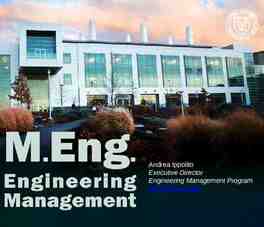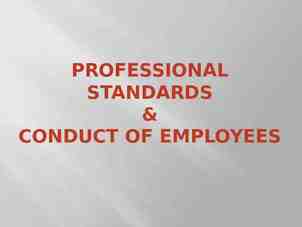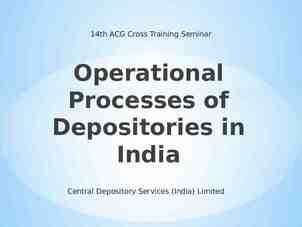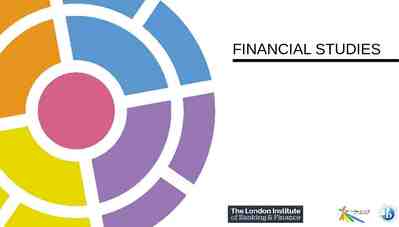Problem Solving and Decision Making A Process Seven steps
22 Slides48.50 KB

Problem Solving and Decision Making A Process Seven steps that provides a rational and analytical way of looking at decisions. 1

Decision Making Process * * * * * * * Identify the Problem Collect Relevant Information Develop Alternatives Evaluate each Alternative Select the Best Alternative Implement the Decision Follow-up and Evaluate 2

What is a Problem? A discrepancy between an existing and a desired state of affairs. & Identifying the real problem is no easy task. 3

Problem Identified What are the surrounding circumstances & Is there more than one way to resolve the issues ? 4

Alternatives Developed Identify the strengths and weakness of each alternative & Select the one that best addresses the salient discrepancies 5

Make a Decision Implement the decision and take the steps necessary to ensure correct timing and execution. Follow-up and evaluate the results 6

Decision Tools * Expected Value Analysis It permits decision makers to place a monetary value on the various consequences likely to result from the selection of a particular course of action. 7

Decision Tools * Decision Tree Encompass’ expected value analysis by assigning probabilities to each possible outcome and calculating payoffs for each decision path. 8

Decision Tools * Marginal Analysis Analyzing decisions in terms of their incremental costs. * MIS A mechanism to provide the manager with needed and accurate information on a regular and timely basis. 9

Decision Making Styles Everyone brings their own unique personalities and experiences to the decisions they make. Notwithstanding however, The decision-style model outlined in your text has identified four principle styles. 10

Decision Making Styles The decision-style model assumes that people differ along two dimensions: * Their way of thinking (How they process information) * Tolerance for Ambiguity (How clear does everything have to be) 11

Directive Low tolerance for ambiguity. Seeks rationality. Efficient and logical. Makes quick decisions. Short term focus 12

Analytic High tolerance for ambiguity. Requires more information. Considers more alternatives. Careful and adaptable. 13

Conceptual Very broad in outlook. Considers many alternatives. Good at finding creative solutions. Focus long range. 14

Behavioral Work well with others. Concerned with achievements of subordinates. Receptive to suggestions. Avoids conflict. Seeks acceptance. 15

Ethics in Decision Making Common Rationalizations * * * * “Its not really illegal or immoral.” “Its in my (Organization’s) best interest” “No one will find out” “Since it benefits the organization it will be protected” * “Everybody does it” 16

Ethics in Decision Making Different Views of Ethics * Utilitarian Decisions are made solely on the basis of their outcomes. The greatest good for the greatest number. * Rights View Decisions emphasize respecting and protecting the basic rights of individuals. 17

Ethics in Decision Making Different Views of Ethics * Justice View A view that requires individual to impose and enforce rules fairly and impartially so there is an equitable distribution of benefits and costs. 18

Group Decision Making Advantages * Provides more complete information. * Generates more alternatives. * Increases acceptance of a solution. * Increases legitimacy. 19

Group Decision Making Disadvantages * * * * Time consuming Minority domination Pressure to conform (Groupthink) Ambiguous responsibility 20

Group Decision Making Tends to be: * * * * More accurate More creative More acceptable More time consuming 21

Group Decision Making Special Techniques * Brainstorming * Nominal Group Technique * Electronic Meetings 22






